Drawing is one of the best ways to calm down. Its advantage is not only its high efficiency, but also its accessibility. By creating a picture, you can splash out emotions, distract yourself, relax. At the same time, there is no need to draw correctly and beautifully, as professional artists do. You can get by with the technique of creative copying.
Beautiful unusual drawings

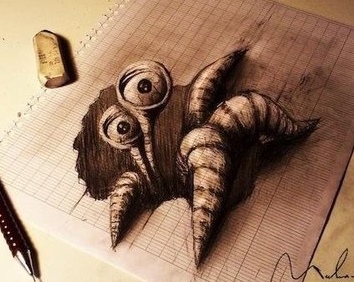
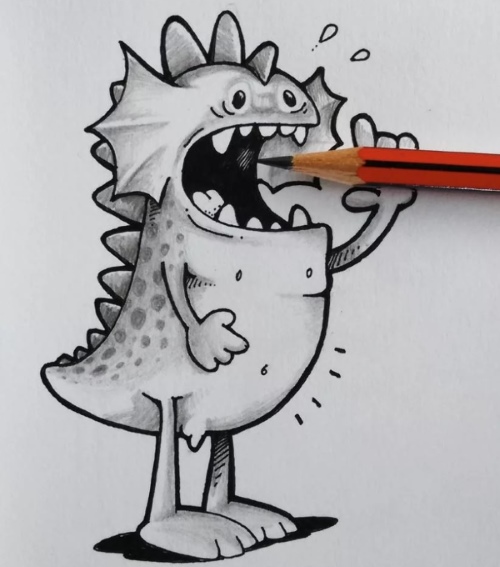
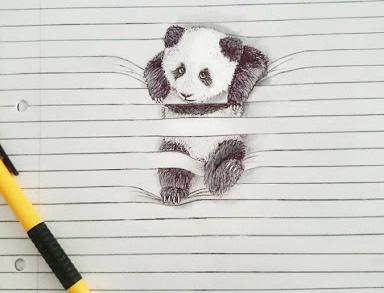
Fluorescent pencil drawings
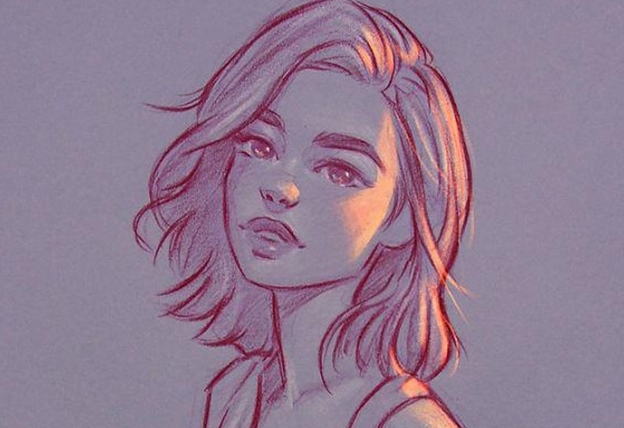
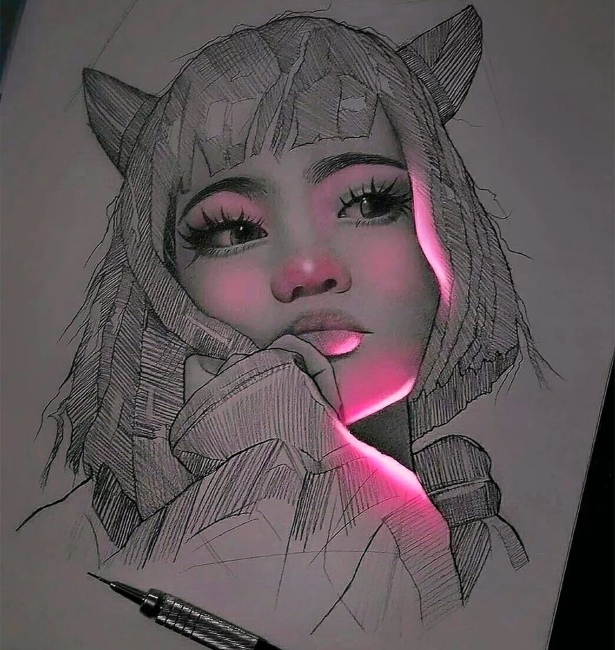
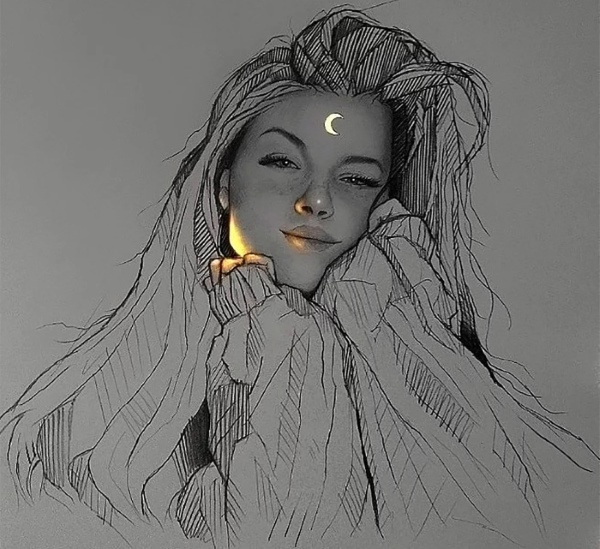
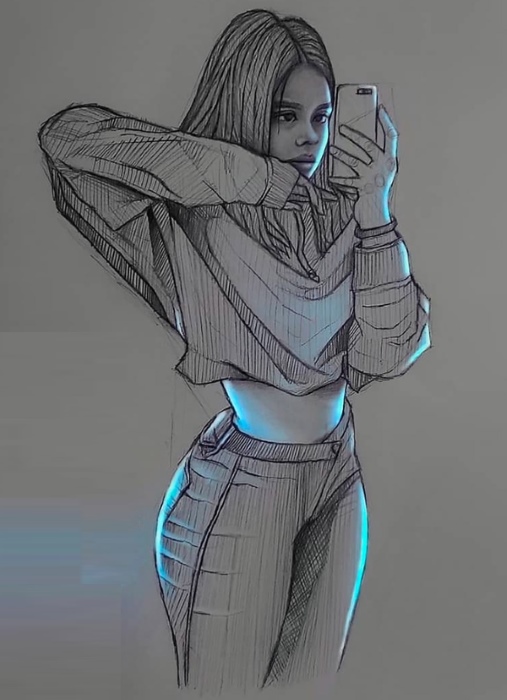

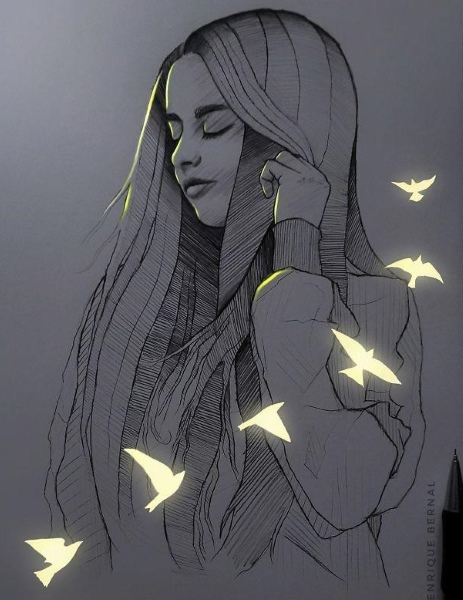
Drawing tools
Fine art is a wide range of creativity that includes a large number of different techniques. Each of them involves the use of certain materials and tools. Among them, there are several accessories that everyone who has decided to engage in artistic activity must have.
What material is suitable for drawing
Creative drawings for copying require good preparation. To create them, you need to purchase a base material. The choice of tools that will be used in the work depends on the properties of its surface. Artists usually make drawings on canvas or regular paper.
Canvases specifically designed for painting can be made from different materials, such as wood.
When choosing a canvas, it is important to pay attention to its parameters such as:
- elasticity;
- strength;
- degree of tension;
- grain.
The best option would be a product made from natural materials, for example:
- cotton;
- flax;
- tree.
The main disadvantage of canvas is that it is only suitable for working with oil paints. Paper gives more scope for the imagination of the creative nature.
You can draw on paper sheets with almost any paint. Sketches can be done with both simple pencils and those tools that are designed specifically for professionals.
The most important characteristics to look for when choosing paper are:
| Characteristic | Description |
| Density | The denser the material, the better: it will form fewer coils and seals during work. There is also less chance of getting a hole due to wetting of the base. |
| Shade | It is better to give preference to clean white sheets, sometimes it is recommended to choose sheets that have a bluish tint. This applies primarily to those who plan to work with gouache. It is believed that bluish sheets better retain their original color, having good resistance to the negative effects of ultraviolet radiation. |
There are several effective ways to check the quality of paper that can be used immediately before buying. They are suitable for beginners, for whom determining the quality of the material visually is a very difficult task.
Namely:
- Running an eraser over the surface of the paper. If after this, lint forms on it, then the material is of low quality, and it is better not to buy it.
- Moistening the paper. If after this stains are visible on the surface, then the buyer has bad paper.
- Using gouache paint. All you need to do is apply gouache to the surface and then wash it off with a damp sponge. If these steps leave streaks, it is better not to buy such material.
Selection of tools
Creative drawings for copying can be depicted with various tools. When choosing them, it is necessary to take into account the characteristics of the selected material. For example, if the work is to be done on canvas, then practically nothing but oil paints can be used.
Many people prefer paper that allows them to work with different tools. For those who are just starting to draw, gouache and watercolor are suitable.
You also can't do without tools to create sketches. A simple pencil usually serves as such a tool. It's easy to find one on sale, the main thing is to pay attention to the hardness and softness of the lead.
As a rule, this indicator is present on the case in the form of alphanumeric marking, where the letter “H” denotes hardness, and “B” denotes softness.
The harder the lead, the more precise the mark it leaves on the surface. Therefore, if you need to draw fine lines, you should use a hard pencil. If you need less clear and more shaded marks, a soft pencil is suitable.
To color the picture you can use:
- paints;
- colored pencils;
- felt-tip pens;
- pastel.
Also sometimes used for drawing on paper:
- coal;
- sepia;
- wax crayons.
Other devices
Artists often use additional devices to achieve special results or to simplify their work.
These include:
| Tool | Description |
| Easel | It is designed to fix paper or canvas.
This device can be:
Another classification of easels is based on the material they are made from. They can be:
|
| Palette | Artists use it to mix paints and select the right shade. |
| Spatula | A tool used to mix paints on a palette |
| Palette knife | 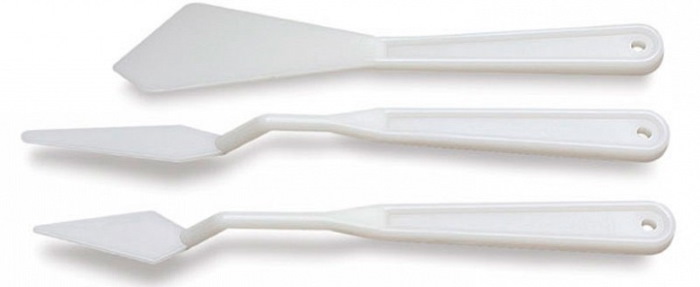 A small, knife-like object used to work with paints in the impasto technique – painting in dense, non-transparent layers |
Artbook
This is a small pocket book, which is intended for sketches. This is not an album, where full-fledged drawings are created with respect to light, shadow, highlights, but a small brochure, which can be used to practice skills and improve drawing technique.
In a special art book you can draw whatever your heart desires. This book can be used by both beginner artists and true professionals. The convenience of an art book is the ability to carry it with you along with your drawing tools.
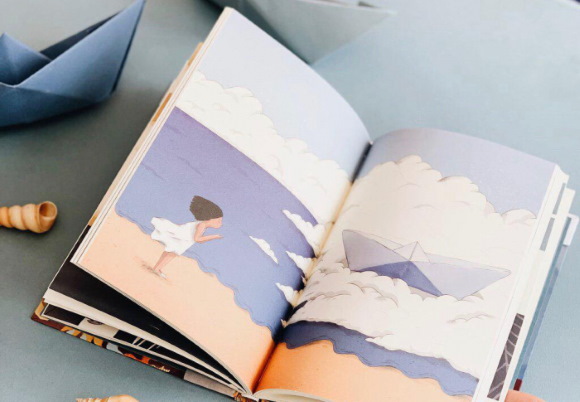
Ideas for drawings can be found in:
- on city streets;
- in architectural structures;
- in the works of other artists;
- in the creations of nature;
- from animal observation;
- among the people around;
- during food preparation and serving.
As soon as inspiration appears, you can open an art book, arm yourself with a pencil and start creating an interesting and unusual picture.
Master classes
Creative drawings for copying can be done in various techniques. These can be funny, interesting and beautiful pictures.
Doodling
Doodling is an abstract drawing.
It is created unconsciously during some action, for example, during:
- conversations;
- negotiations;
- lectures;
- trade.
Doodles often involve repeating the same elements over and over again. This process is useful because it blocks areas of the brain that stop the thought process.
With such drawing, a person perceives about a third more information, his brain maintains tone, despite someone's boring broadcasting for a long time. At the same time, doodling promotes relaxation.
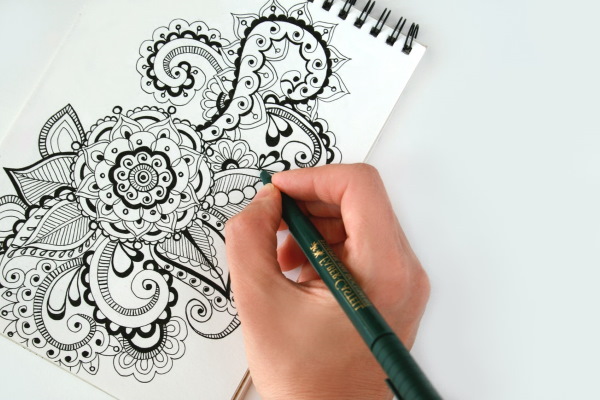
Elements of a doodle can be:
- circles, squares and other simple or complex geometric shapes;
- sheets of various configurations;
- flowers of different sizes and shapes.
The colors of such drawings are varied, if desired, you can limit yourself to a simple pencil. You can come up with doodles yourself, find ready-made options or buy special templates designed for coloring. There are also entire schemes for doodles that allow you to draw simple elements.
Lettering
Several sheets of paper can be devoted to such a technique as lettering. This is the name of the techniques that help to "revive" the drawing.
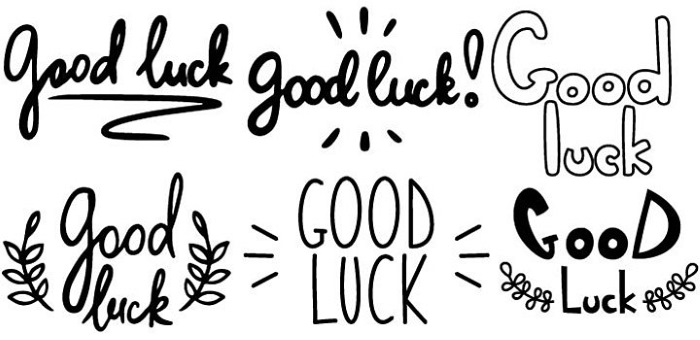
For example, any word written on paper can start to "dance". To do this, it is enough to use lines of different thickness, jumps and loops.
Scratchboard
Another name for this technique is waxography.
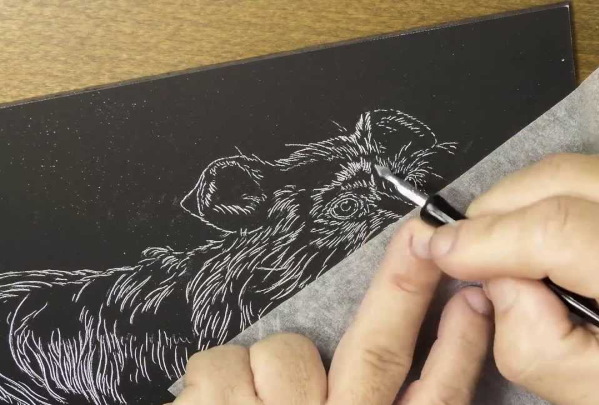
The basis of this drawing method is scratching a sketch or drawing with a sharp instrument on thick paper or cardboard, filled with black ink or paint.
Sketch
Sketches are called drafts.
They are perfect for those who are faced with the task of:
- make notes;
- visualize the main idea;
- learn a foreign language or just keep a diary.

When creating a sketch, there is no need to pay attention to details. It is enough to focus on the main ideas.
Art therapy
Creative drawings for copying can be done by the method of harmonizing the psychological state - art therapy. If you attend classes in the relevant direction, you can immediately understand that drawing is a game that brings pleasure and relaxation. Even someone who has never painted before will be able to create a beautiful drawing.
On the first day of classes, there is usually no theme. Everyone draws whatever they want. Then art therapists analyze the resulting drawing, and then offer individual assignments. They will be given not only themes, but also specific tools.

Often, art therapy classes draw mandalas – coloring previously created templates or creating your own. In this way, you can depict personal fears and overcome them on a piece of paper.
Landscape outside the window
This is a win-win option for a simple drawing. There is no need to go out of town and it is not necessary to go outside. All you need is to just look out the window. Even the most unremarkable landscapes on a sheet of paper can turn into a "magic land".

It is possible to depict:
- yard;
- trees;
- a stray cat or dog;
- birds sitting on tree branches or in a bird feeder;
- damp earth.
Patterns
You can decorate a sheet of paper with various patterns – different in size, shape and complexity. This type of drawing is well suited for designers. In this case, all the patterns you like will always be at hand, especially if they were created in an art book.
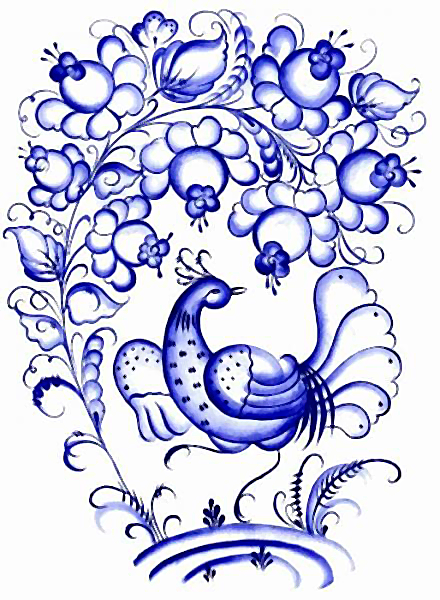
You can decorate a sheet of paper:
- stripes made up of flowers;
- national ornament;
- abstract figures.
The same pattern can be drawn multiple times and then different materials and colors can be used to paint it.
Feather
A pen is one of those objects that is great for drawing and at the same time opens up wide scope for the imagination to fly.
This object is drawn in the following stages:
- Draw a line that will mark the branch – the very core of the feather.
- Draw many thin lines from the central branch. It is best to use a sharp, hard pencil for this.
- Color the resulting feather using any tools and materials. Since this drawing is created to distract and relax, the colors here can be different.
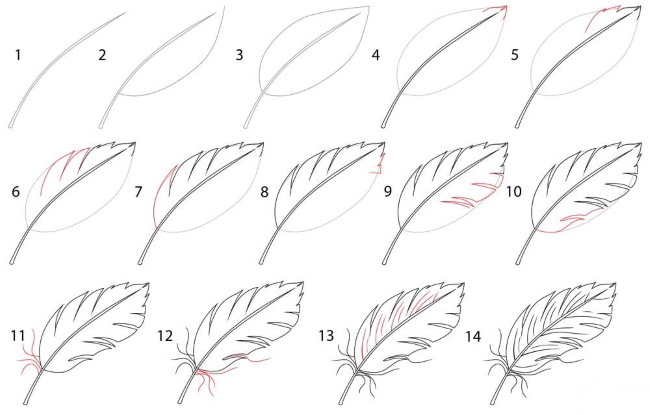
For example, you can imagine that this miracle feather belongs to a firebird, then it can sparkle with different and bright colors, as befits an object that belongs to a fabulous creature. Different techniques can be used to draw a feather.
If you wish, you can:
- play with shadows;
- apply glitter to the surface;
- use self-adhesive paper.
Covers
There is no person who does not have a favorite book, movie or song. This work of art can be transformed into a drawing with the help of paper and drawing tools. The same method can be used to transform one work into another.
For example:
- a favorite song can be illustrated;
- your favorite character can be modified and presented on paper in any version;
- You can draw a hero exactly as he is, according to the author's idea.
Drawing by cells
For young artists who cannot hold a pencil in their hand, the option of drawing by cells is perfect. This is a method in which you need to reproduce an image according to the proposed scheme.

When drawing by cells, you need to be very careful not to miss a single square. If a mistake is made, the image will be uneven.
Copying
Drawing from memory is difficult for many children, so it is better for them to use the pencil copying method. The essence is to reproduce a finished drawing. Children are offered a choice of different creative and simple themes.
As a rule, they correspond to the interests of their age:
- toys;
- sweets;
- animals and birds;
- plants and flowers;
- fairy tale and cartoon characters.


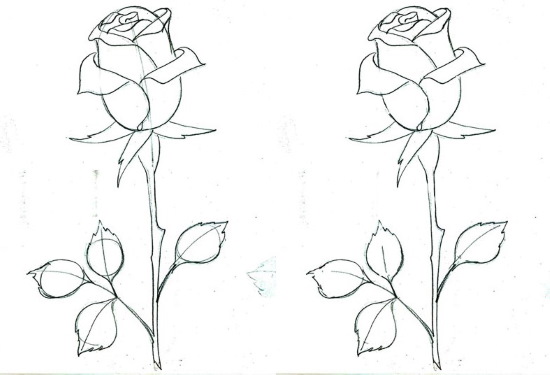
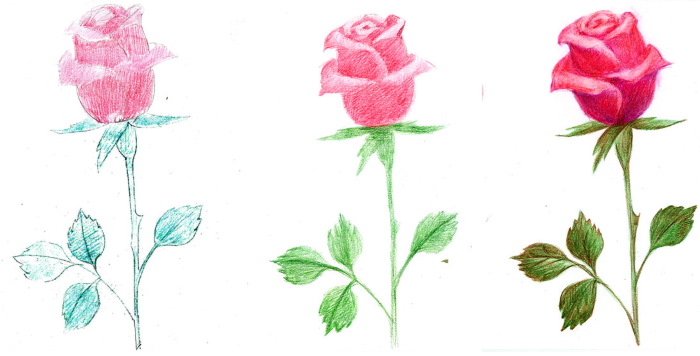
For example, to draw a rose, you need to complete the following steps:
- Draw the core of the flower, which has an almond shape with 3 curls.
- Add a bud to the center of the bowl.
- Add a couple of petals of different widths to the bud.
- Draw a cup at the bottom.
- Add the stem and 3 leaves.
- Give the drawn rose some color. It can be red, and its stems and leaves green.
Eye
Parts of the human body are very popular among those who like to draw from the heart. Most often, this concerns the face, because in the future such a skill will help to master portrait painting better.
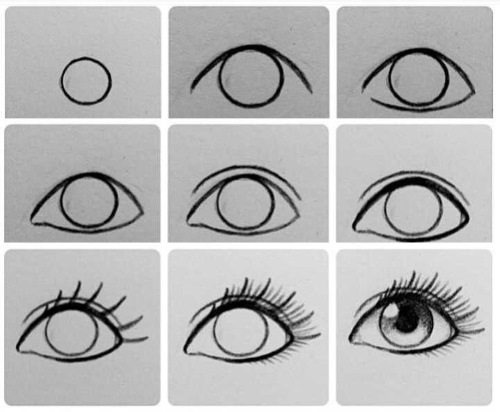
For example, to draw eyes, you need to do the following:
- Draw an oval, stretched horizontally, but it is not necessary to make it large in size.
- On the right, sharpen the oval slightly; and on the left, create a notch in the corner.
- In the middle of the oval, draw 2 circles of different radii. One of them will represent the iris, and the other will become the pupil. In this case, the circle that is larger will touch the eyelids, and the other is located inside the first.
- Finish shaping the corners of the eyes, separating them from the eyelids.
- Shade 2 circles – the iris and the pupil.
- Add long eyelashes to the upper eyelid and a few short ones to the lower eyelid.
- Add volume to the eyelids.
- Add shadows to the inner and outer parts of the organ of vision.
Easy pattern
An example of drawing a simple pattern represented by swirls and dots might be as follows:
- Draw a simple curl that looks like a question mark but lies on its side.
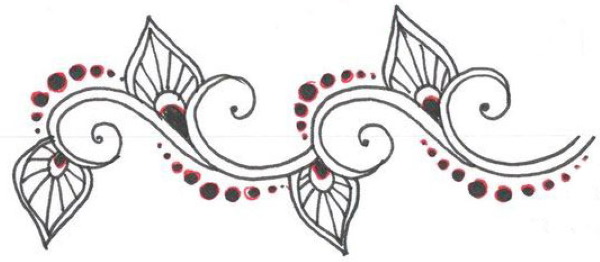
- On the inside, add another similar curl, but smaller in size.
- Add a similar element to the right of the drawing.
- As in the second step, add a curl to the outside.
- Enlarge the drawing 2 times by repeating the previous 4 steps.
- Add beautiful elements on the sides, represented by triangles.
- Detail the elements that were added in the previous step with small lines. The result should look like leaves.
- Add black fat dots.
To create interesting drawings, you will need the right material and the right tool. As a rule, beginning artists choose paper and pencils or paints. You will definitely need imagination, as well as inspiration and a little patience.
With the necessary materials and tools, a novice artist can easily master the basic copying techniques used in painting and create amazing creative drawings.
Video about drawing
Creative drawings for copying:
